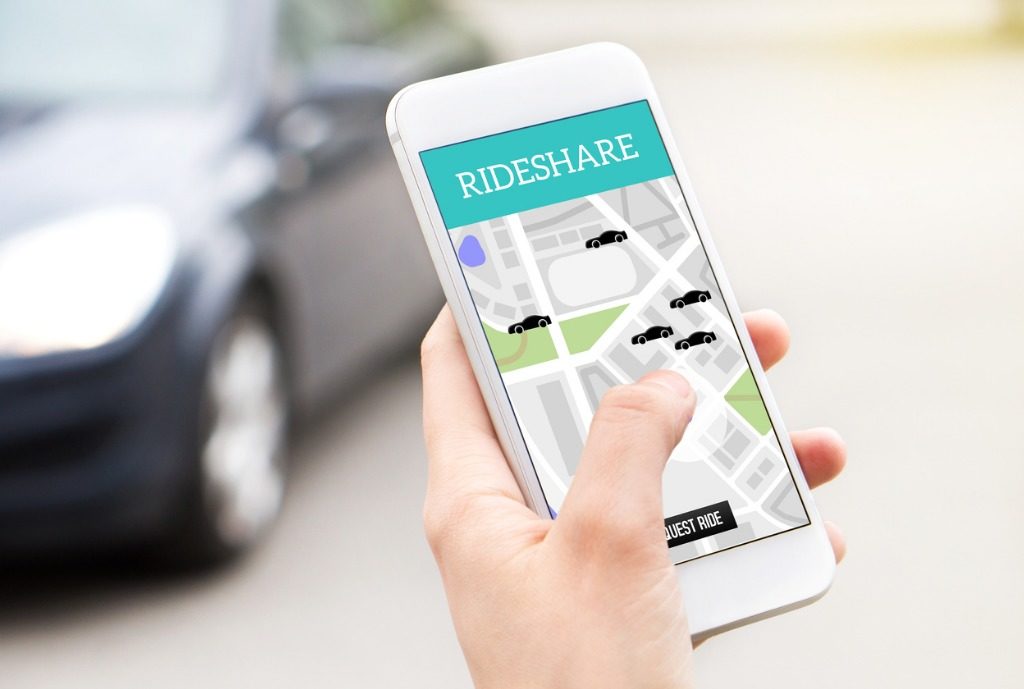
On March 29,2018, at about 2AM, a young college student, Samantha Josephson had requested a ride share with UBER. Video shows her getting into a vehicle and driving away in a vehicle she thought was her UBER ride. Tragically, it wasn’t, instead it was Nathaniel Rowland, posing as an UBER driver. Once in the car, the child locks were activated blocking her exit from the vehicle. Her body was found near Rowland’s house in a wooded area. This is one of countless ride share mix-ups most of which do not end with such disastrous results.
Riders here in Las Vegas have had harrowing and dangerous experiences with fake ride share drivers as well. In July 2018, Elizabeth Suarez called for a rideshare to pick her up at the Park MGM Hotel. After receiving a text message that the car was near, she went to the pick area to wait. When a car pulled up that was like the car she was expecting, she asked if her was there for Liz, to which he replied he was. She got in the car and during the ride, received a call from her real driver who was looking for her. She had the situational awareness to not panic ended the call, then calmly asked the driver to let her out. He refused and sped the car up and demanded her purse and her cell phone. She threw the purse at the driver and jumped out of the moving car, resulting in a head injury and a broken ankle, but is OK.
How can Ride Share mix-ups be avoided?
The Ride Share companies are doing their part to avoid these mix-ups by adding new feature to their apps. The two largest ride share companies, UBER and Lyft are taking the following steps to minimize the possibility of a rider getting in the wrong car and potentially exposing themselves to danger.
UBER has added a new Safety Button to their app, which alerts police if a rider feels threatened. Additionally, prior to getting into a car, UBER sends a text message to check the car and the license number before getting in. Riders can also share their ride with friends or family, which allows the other person to watch the ride in progress from their cell phone and can alert authorities if something isn’t right.
Lyft protects rider’s privacy by masking phone numbers when calling from either rider or driver, and not showing rider’s names or address in ride history. Share a ride with a friend is also available in the Lyft rider app.
Both companies show driver name, a picture of the car and the license number to riders waiting for pick up. Riders should verify by license number before getting into the car. Both companies allow a further enhancement to privacy by allowing pick up or drop off at cross streets rather than the rider’s address. Some states are passing laws requiring lighted signs to be displayed in the front windshield while a ride share driver is on duty.
Ticket Busters will fight to bust your ticket
If you’re driving your own car, whether you are a ride share driver or not, you’re likely to receive a ticket at some point. When you do, just call Ticket Busters to fight to reduce your charges to a non-moving violation, save you time in court or waiting in lines to pay fines, and avoiding points on your record saving you increased insurance premiums. Call us today at (702) 666-6666.
Learn More:
https://www.uber.com/newsroom/campus-safety-initiative/


